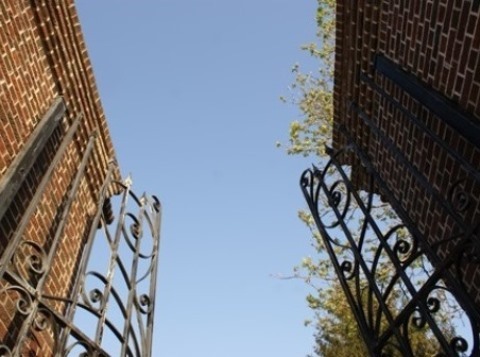Modeling Generosity in Difficult Times

According to Genesis 41:49, Joseph stored up huge quantities of grain, like the sand of the sea, he stopped keeping records because it was beyond measure.
Since 1968, total giving as a percentage of income has decreased from 3.11 percent to below 2.5 percent representing a decline of nearly 25 percent. Today's giving in protestant evangelical churches is lower now than in 1933, in the depths of the Great Depression. This decline in giving is further complicated by a decline in attendance. David T. Olson, in his book, The American Church in Crisis, points out that when we look at actual attendance figures, church attendance in the U.S. is now below 17 percent of our population and continuing to decline.
A pastor friend of mine conducted the following informal study of "giving by age" in his church in 2012. In this fairly large church, which is blessed with a diverse and multi-generational congregation, he discovered that less than 1 percent of giving came from attendees below the age of 30 and a mere 4 percent from everyone under the age of 40. Eighty-five percent of his church's giving came from attendees above the age of 50 with 68 percent over the age of 60.
Your numbers may vary some, but probably not much. Here is the sad reality. Over the next 10 to 15 years, American protestant evangelical churches will see a decline in both giving and attendance that may prove devastating to the church's mission in the U.S. According to the Center on Philanthropy at Indiana University, 72 percent of the builders? generation (those born before 1945) contribute to their local churches, with that number dropping under 50 percent for the boomers? generation (those born between 1945 and 1964), and then lower for those that are even younger. All of these trends will negatively impact your ministry.
When we factor in the mortality rates of the builder's generation, who are passing away at the rate of 5,000 per day, we can quickly see that tomorrow's church will struggle for both attendees and resources.
The simple question is, "How do we support ministry with dwindling attendance and declining giving?"
As good stewards, if we neglect the opportunities to multiply the resources of the builder and boomer generations, they will be gone soon to the detriment of the long-range health of the Church of the Nazarene. Investing in planned and deferred giving will store up resources for tomorrow.
For such a time as this, the Lord is enabling the Nazarene Foundation to multiply the resources of people who model generosity. When we give what we have, like the small boy gave his fish and loaves, it will sustain the calling of the Nazarene church to bring salvation and the challenge of sanctified living to the lost.
Learn more about the Church of the Nazarene Foundation at www.nazarenefoundation.org.
Kenneth R. Roney, J.D., is president of the Church of the Nazarene Foundation.
Holiness Today, 2013
Please note: This article was originally published in 2013. All facts, figures, and titles were accurate to the best of our knowledge at that time but may have since changed.




